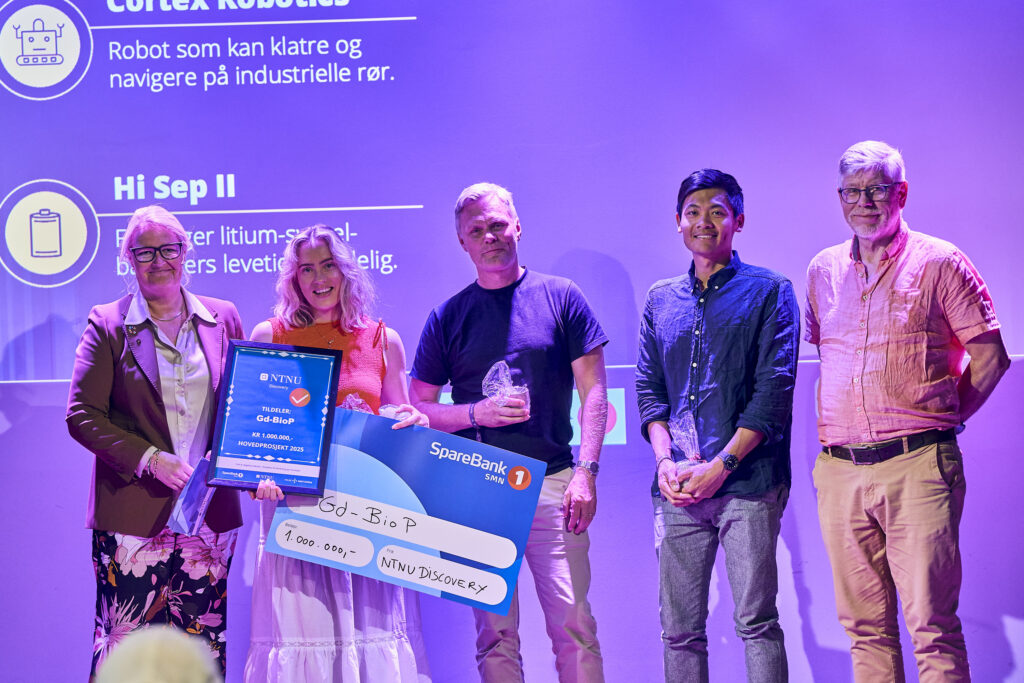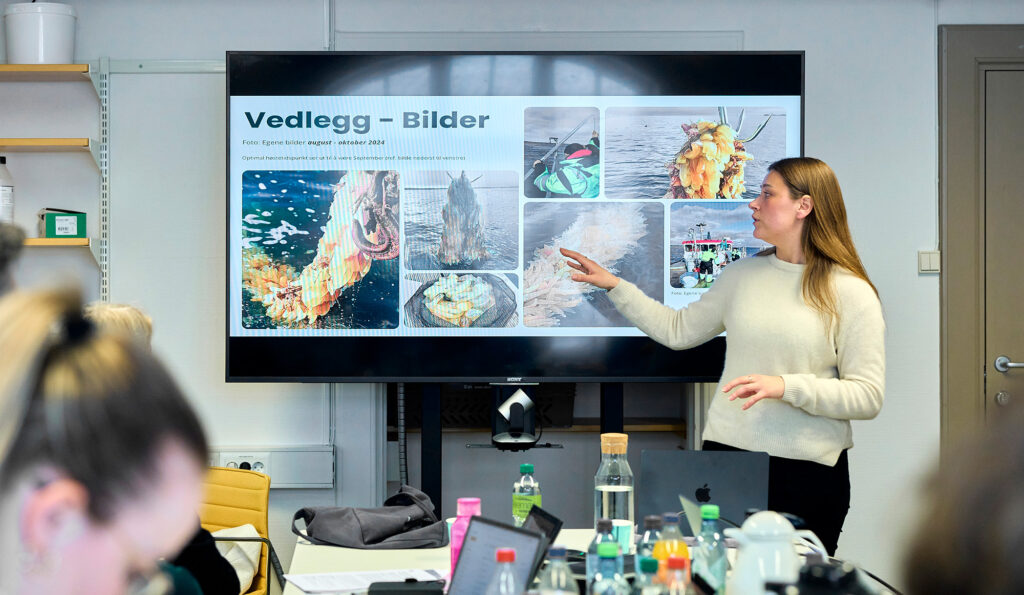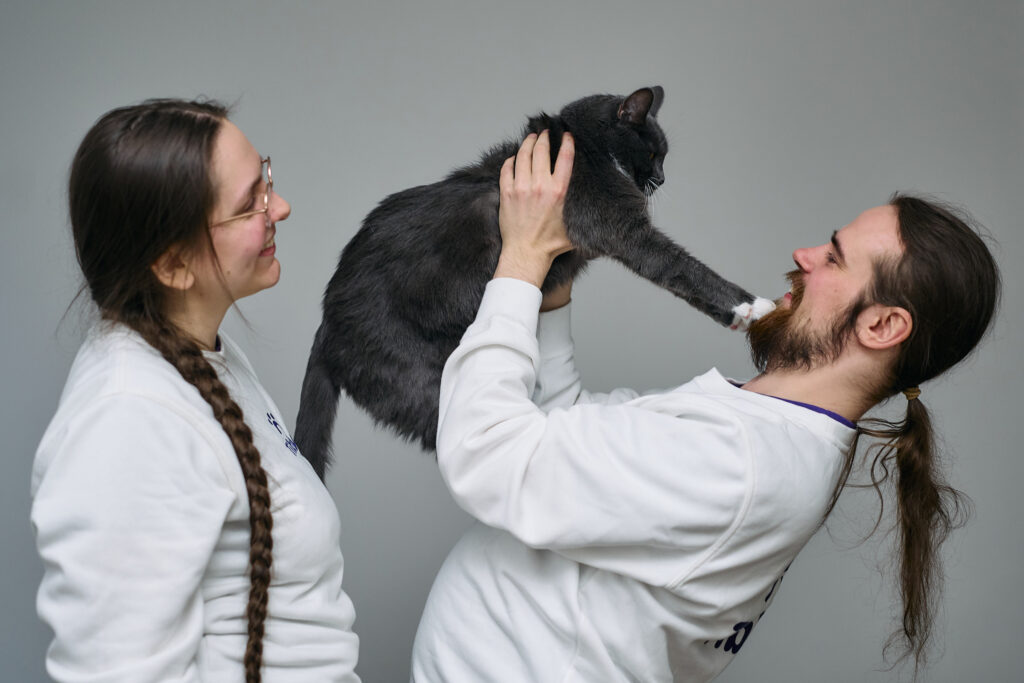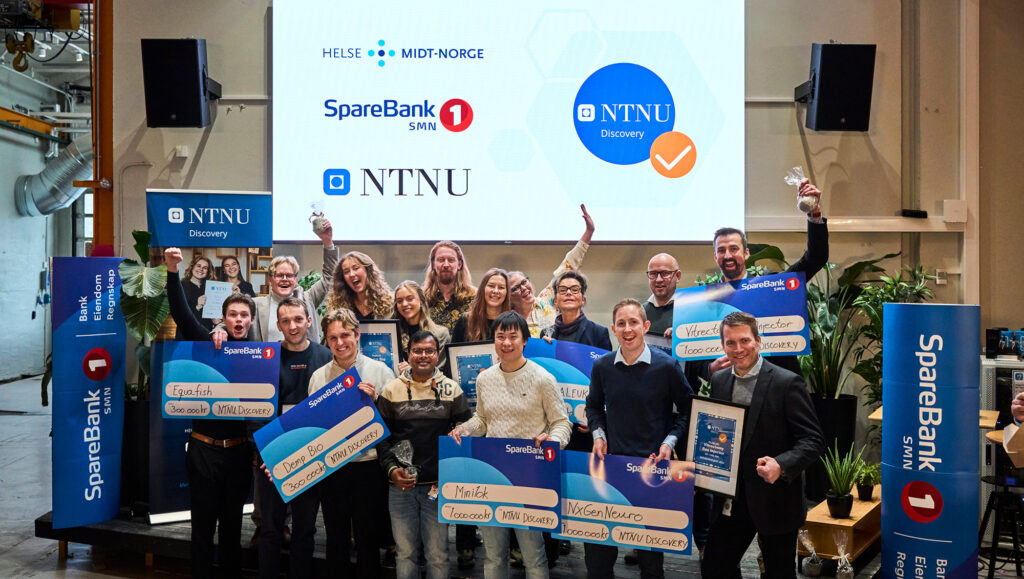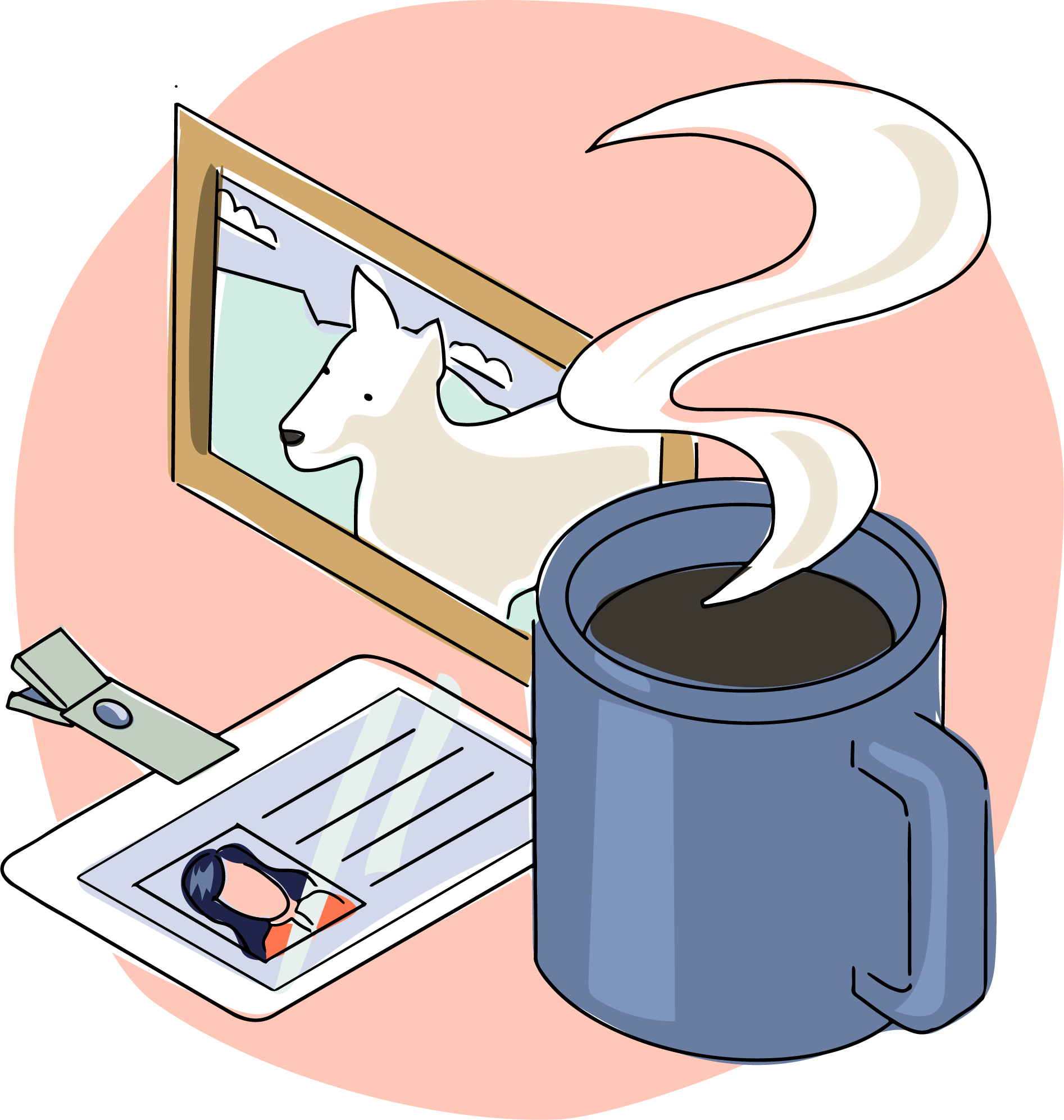Vil hindre fiskedød med drone
Tekst: Anne-Lise Aakervik
Foto: Synlig.no v/Erik Børseth
Landbaserte oppdrettsanlegg gir mulighet til å kontrollere vannmiljø i større grad enn i sjø. Likevel kan det i slike anlegg oppstå en farlig gass som gjør at fisken dør. Kontinuerlig renhold med en robot kan være løsningen.
.
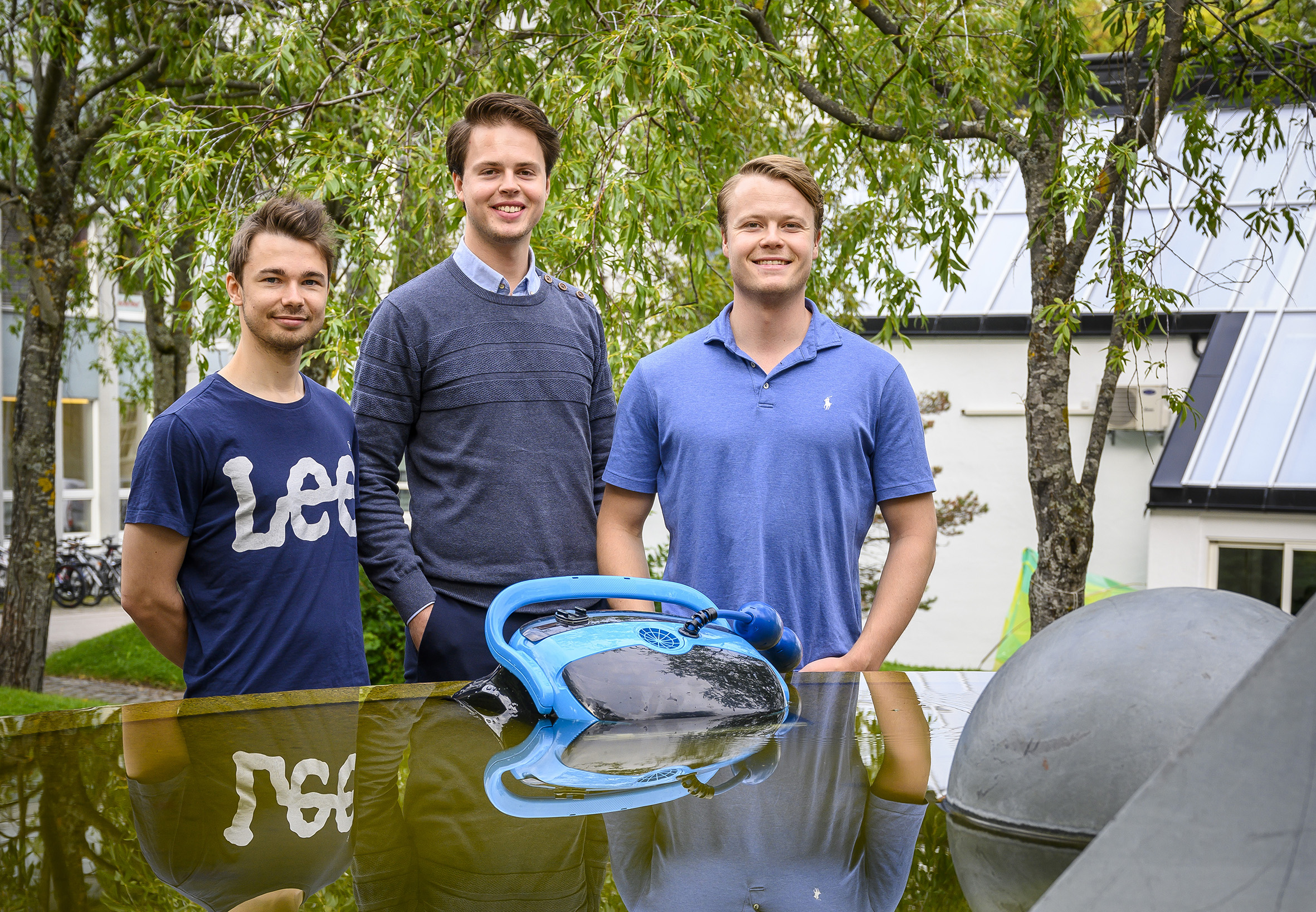
Fra høyre Peder Teigmo, Markus Nickelsen og Vidar Melstveit
En autonom undervannsdrone for vasking og renhold av landbaserte oppdrettsanlegg var en av ideene som studentene Vidar Melstveit, Markus Nickelsen og Peder Teigmo tok med seg da de testet ut muligheter på entreprenørstudiet.
Før sommeren fikk de støtte fra NTNU Discovery til å gjennomføre en del tester. Det var spesielt en test de ønsker å utføre, da resultatet kunne avgjøre skjebnen til hele produktideen. Og det var hvordan tusenvis av smolt ville reagere på et fremmedlegeme i karet.
– Og så skjedde ingenting! Vidar Melstveit har nesten stjerner i øynene. – Smolta brydde seg ikke en tøddel om dette fremmedelementet som drev rundt i omgivelsene. Vi ble utrolig letta.
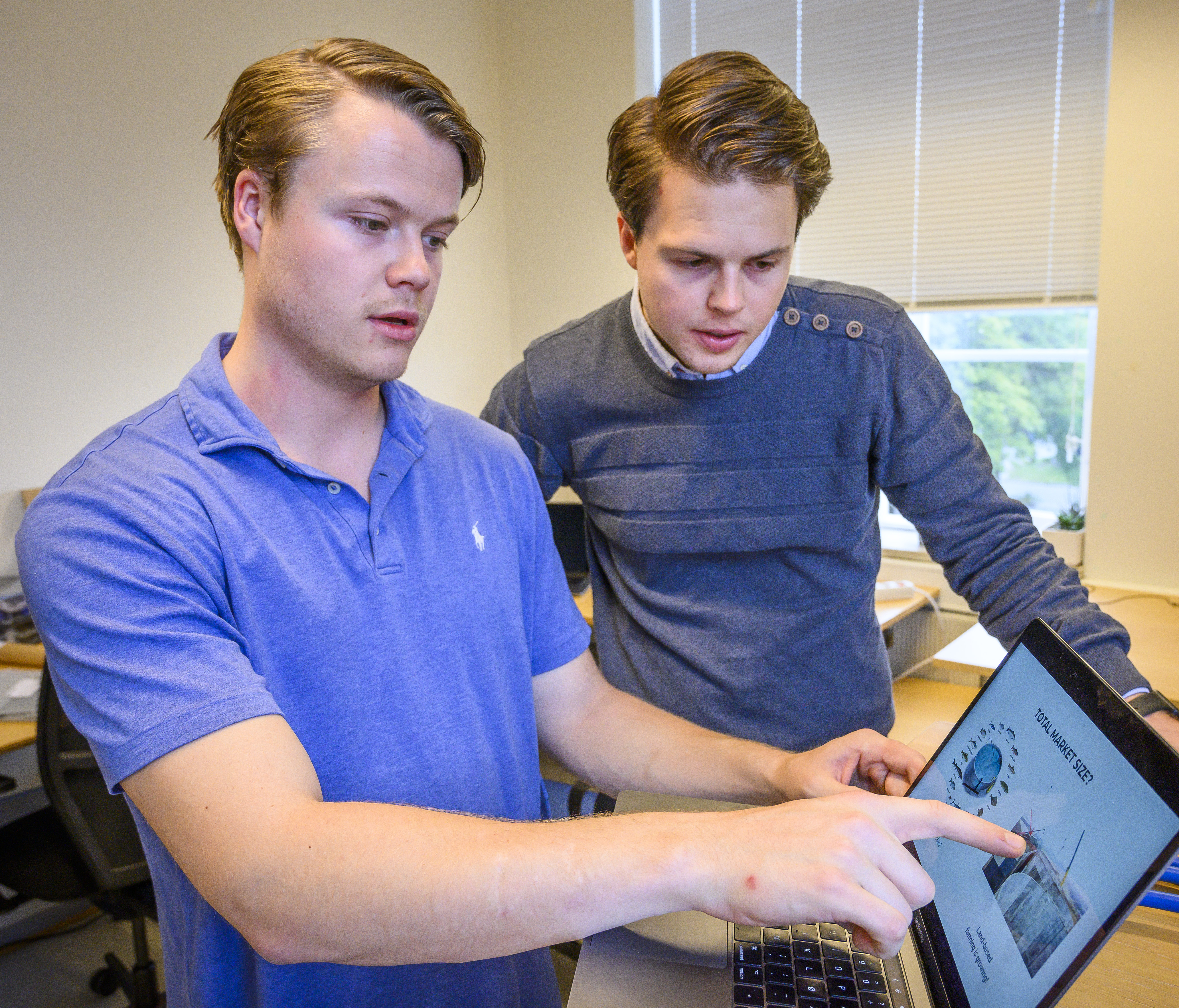
Vidar Melstveit (tv) og Markus Nickelsen ser store muligheter i prosjeket.
– Vi kan sammenligne det med duene på torget. De er ikke så ivrige på å være i nærheten av deg, men de er avslappa til deg. Akkurat sånn oppførte fisken seg også i forhold til prototypen vår, sier Markus Nickelsen, som er markedsansvarlig. I tillegg besto roboten flere andre viktige tester. Det åpner opp for videre fremdrift.
Vi står på et kontor på entreprenørskolen. Har holder Vidar Melstveit, Markus Nickelsen og Peder Teigmo til når de jobber med forretningsideen sin. – Vi hadde flere mulige prosjekt som vi testet ut. Men det var denne som skapte mest oppmerksomhet og som oppdretterne var villig til å snakke mest om. Så vi tenkte at her er det noe å gå videre med, sier Vidar.
Lukka, men ikke ufarlig
Settefiskanlegg kan være svære kar på flere tusen kubikk. Her går det hundretusenvis av smolt, før de flyttes over til oppdrettsmærene i sjøen. Landbaserte anleggene er lukka, og mellom 95-99% vannet resirkuleres og går gjennom flere rensekammer, der de utsettes for blant annet UV-behandling. Likevel er det sjanser for at bakterier skal slå rot og skape dødelige tilstander i karene.
– Problemet oppstår hvis karene ikke er godt nok rengjorte før neste generasjon smolt slippes inn, sier Vidar Melstveit.
Han har selv stått og vasket slike landbaserte kar manuelt. Det tar tid og det er ikke sikkert at det blir rent heller. Rester av fôr og fiskeavføring kan bli liggende i kriker og kroker.
Dersom slammet blir liggende over lang tid, kan det skape oksygenfattige lommer under vann. Det setter i gang forråtnelse, som kan gi grunnlag for den svært giftige gassen H2S. Den tar livet av fisken på noen minutter. Kostnadene ved slik utbrudd er enorme. En ting er selve kostnaden på smolten. Tapt potensial utgjør ca. 10x mer enn dette. Så her er det snakk om store verdier.
Det er ikke alle som får problemer med hydrogensulfid, men for de som har vært bort i det, er det viktig å få løst problemet, slik at det ikke skjer igjen. Trioen har tro på forebygging som reduserer sannsynligheten for at slike utbrudd forekommer.
– Det er nok viktig at produktet vårt brukes i et kar som er rent for å få full uttelling. Man kan ikke regne med å starte i et skittent anlegg. I tillegg til slam blir det gjerne også en film på innsiden av karet som er slimete. Denne bør ikke ligge på for lenge, for da øker sjansen for bakterievekst. Vi må altså starte før noe av dette oppstår og jobbe forebyggende.
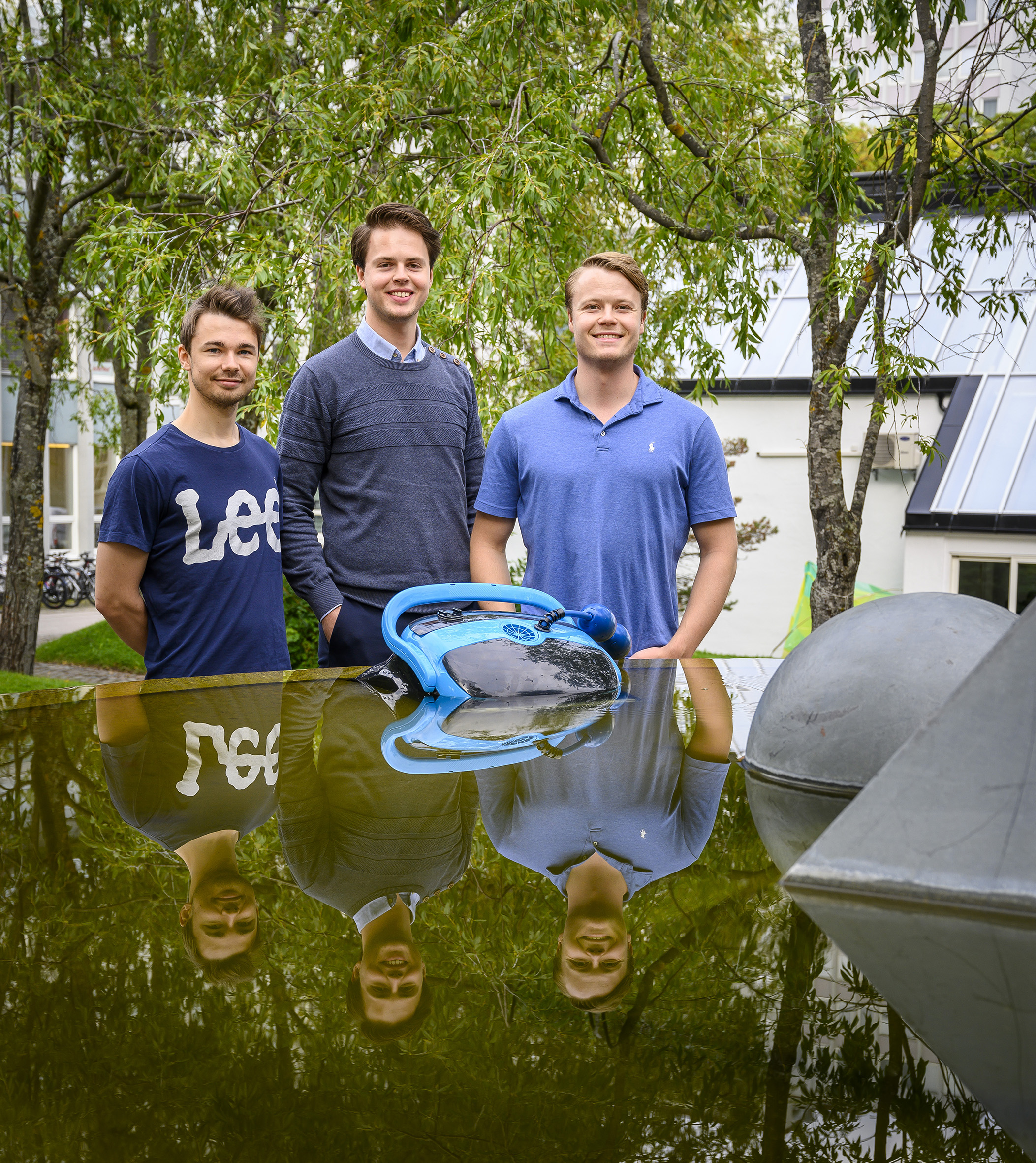
Foreløpig bruker de produkter som finnes på markedet til viktig testing. Etter hvert skal de utvikle egen prototyp. Fra venstre Peder Tegimo, Marcus Nickelsen og Vidar Mestveit.
Raskt og billig
Gjengen har foreløpig fått 75 000 kr i forprosjektmidler fra NTNU Discovery, og de har avtaler med oppdrettere for å teste produktet i deres anlegg.
– Fremover er det viktig for oss å teste ut så mye som mulig hos oppdretter, og vi tar sikte på å utbedre produktet vårt sakte, men sikkert. Vi ikke kan si så mye om design og funksjon foreløpig, men vi jobber med det, sier Peder Teigmo som er teknisk ansvarlig for produktutvikling.
De første viktige testene gikk altså bra, og nå er de i full gang med å planlegge videre fremdrift. Da skal de blant annet teste løsningene over lengre tidsintervaller.
– Lykkes vi med vårt produkt ser mange av oppdretterne at bruken av en drone vil bidra til å redusere nedetiden på anlegget ved at de slipper å bruke dager på å vaske ned karet før de setter ut neste generasjon med smolt, sier Marcus Nickelsen.
Prosjekter og nyheter
Kontakt:
Prosjektleder
Jan Hassel
Epost: jan.hassel@ntnu.no
Telefon: 906 53 180
Kontor: Hovedbygget, sokkel
Håvard Wibe
Epost: havard.wibe@ntnu.no
Telefon: 41 47 37 68
Kontor: Hovedbygget, sokkel


